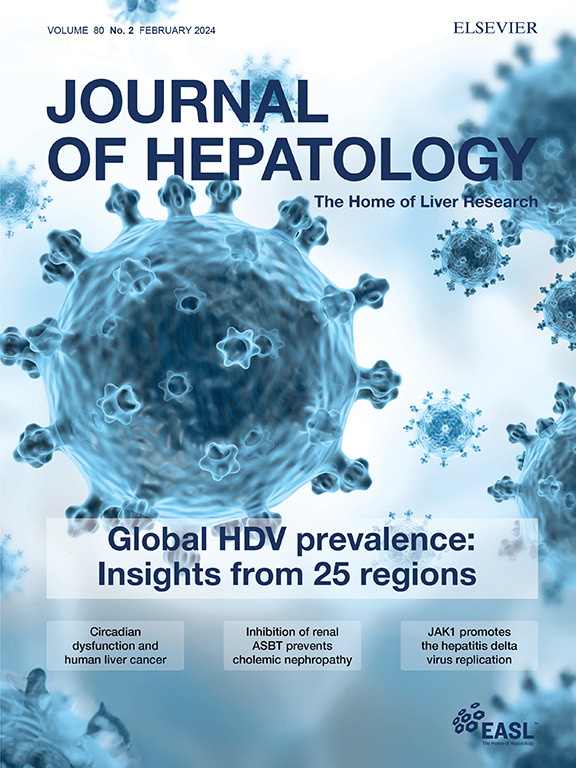人工智能在肝病学应用的障碍及克服方法
IF 26.8
1区 医学
Q1 GASTROENTEROLOGY & HEPATOLOGY
引用次数: 0
摘要
自2010年代中期以来,肝病学中的人工智能(AI)方法已经激增,有许多出版物和一些监管机构批准。然而,人工智能方法在现实世界的临床实践和临床研究中的应用仍然有限。尽管使用人工智能分析肝病学中的复杂数据类型(如组织病理学、放射学图像、多组学和最近的自然语言患者数据)有明显的好处,但将其整合到常规临床工作流程中仍存在重大障碍和挑战。在这里,我们评估了局限性,并为人工智能系统以及肝病学环境提出了一套明确的建议,以简化基于人工智能的诊断、预后或预测系统向临床护理的过渡。特别是,我们认为人工智能在临床试验中的使用、与医院信息系统的无缝集成以及在临床医生中建立人工智能素养将最终推动临床应用。我们通过来自肝病学、人工智能和数据科学的34位国际专家的德尔菲共识来验证这一观点,确保对我们的建议进行全面和共识驱动的评估。本文章由计算机程序翻译,如有差异,请以英文原文为准。
The barriers for uptake of artificial intelligence in hepatology and how to overcome them
Artificial intelligence (AI) methods in hepatology have proliferated since the mid-2010s, with numerous publications and some regulatory approvals. Yet, adoption of AI methods in real-world clinical practice and clinical research remains limited. Despite clear benefits of using AI to analyze complex data types in hepatology, such as histopathology, radiology images, multi-omics and more recently, natural language patient data, there are still substantial barriers and challenges to its integration into routine clinical workflows. Here, we assess limitations and propose a set of clear recommendations both for the AI systems as well as for the environment of hepatology to ease transition of AI-based diagnostic, prognostic or predictive systems into clinical care. In particular, we argue that the use of AI in clinical trials, seamless integration into hospital information systems and building AI literacy among clinicians will ultimately drive clinical adoption. We validate this perspective through a Delphi consensus involving 34 international experts from hepatology, AI, and data science, ensuring a comprehensive and consensus-driven evaluation of our recommendations.
求助全文
通过发布文献求助,成功后即可免费获取论文全文。
去求助
来源期刊

Journal of Hepatology
医学-胃肠肝病学
CiteScore
46.10
自引率
4.30%
发文量
2325
审稿时长
30 days
期刊介绍:
The Journal of Hepatology is the official publication of the European Association for the Study of the Liver (EASL). It is dedicated to presenting clinical and basic research in the field of hepatology through original papers, reviews, case reports, and letters to the Editor. The Journal is published in English and may consider supplements that pass an editorial review.
 求助内容:
求助内容: 应助结果提醒方式:
应助结果提醒方式:


